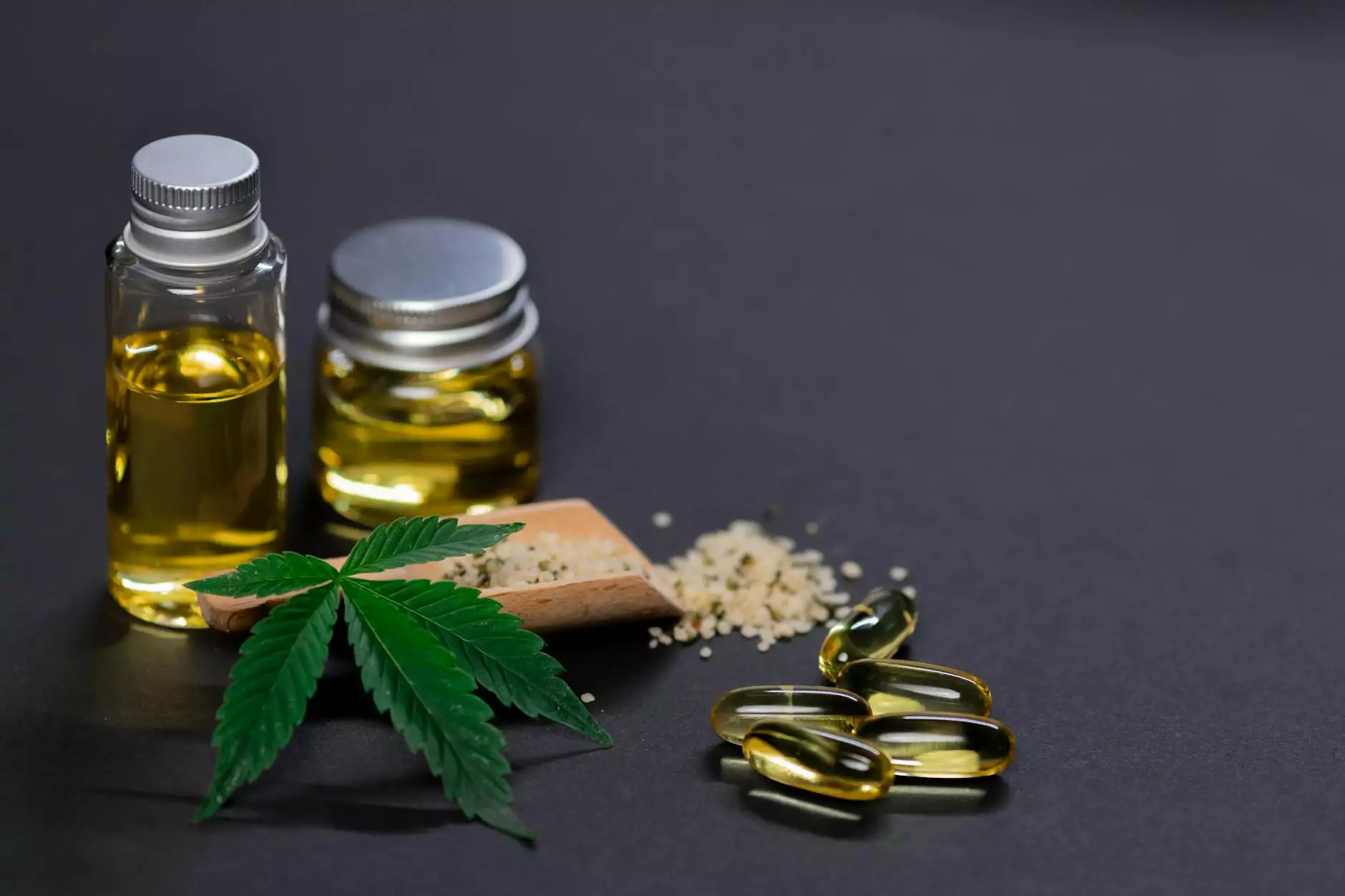Mastering the Art of Growing Wasabi Root: The Ultimate Guide

Wasabi, often mistaken for its common counterpart, horseradish, is a plant that has garnered attention for its unique flavor and culinary applications. Growing wasabi root is not only a fascinating endeavor but can also bring impressive benefits to restaurants, sushi bars, and Japanese cuisine enthusiasts. In this in-depth guide, we will explore the intricacies of cultivating wasabi, including the ideal growing conditions, care requirements, and culinary uses.
Understanding Wasabi: A Culinary Treasure
Wasabi, scientifically known as Wasabia japonica, is native to Japan and predominantly found in cool, mountainous river valleys. This fascinating plant is known for its pungent, spicy flavor that elevates sushi and sashimi dishes. Understanding its characteristics is crucial for anyone looking to embark on the journey of growing wasabi root.
What Makes Wasabi Unique?
Wasabi stands apart in the culinary world due to:
- Flavor Profile: The taste is sharp, pungent, and zesty, offering a distinct experience compared to other condiments.
- Health Benefits: Wasabi is known to have anti-inflammatory and antimicrobial properties, making it not just a flavorful addition, but also a healthful one.
- Freshness: Freshly grated wasabi root adds depth and complexity to dishes that imitation products simply cannot replicate.
The Ideal Conditions for Growing Wasabi Root
To successfully cultivate wasabi, certain environmental conditions must be met. Here's an overview of what you need to consider:
Climate Requirements
Wasabi thrives in a temperate climate. The ideal temperatures for growing wasabi root range from 45°F to 75°F (7°C to 24°C). Extreme temperatures, particularly heat over 85°F (29°C), can be detrimental to its growth.
Water Conditions
Wasabi is a semi-aquatic plant, preferring moist conditions. The most successful growers often utilize:
- Running Water: A natural stream or flowing water mimics the plant's native habitat, ensuring the roots are well-hydrated and receiving oxygen.
- Well-Drained Soil: Waterlogged conditions can lead to root rot. Ideally, soil should have a pH between 6.0 and 7.0 and contain organic matter.
Soil Composition
The soil composition plays a crucial role in the health of wasabi plants. It should be:
- Rich in Organic Matter: Adding compost or well-rotted manure can improve soil fertility and moisture retention.
- Loose and Well-Draining: Clay-heavy soils can retain too much water, which is harmful to wasabi roots.
Steps to Successfully Grow Wasabi Root
Now that you understand the conditions necessary for wasabi cultivation, let’s dive into the specific steps you need to follow for growing wasabi root successfully.
1. Obtain Quality Seeds or Plants
The journey begins with obtaining quality wasabi plants or seeds. If you are starting from seed, be prepared for a lengthy germination process. Most enthusiasts recommend starting with crowns, which are the thickened stems of the plant.
2. Site Preparation
Choose a site that provides the necessary shade and moisture. Consider creating raised beds with a mix of loamy soil and organic matter to enhance drainage. If possible, maintain proximity to a water source that can recreate the native stream-like conditions.
3. Planting Techniques
When growing wasabi root, ensure you plant at the right depth—just below the surface of the soil, allowing the crown to be visible. This encourages the plant to spread out horizontally, which is beneficial for growth.
4. Care and Maintenance
Regular care is crucial for wasabi cultivation:
- Watering: Ensure a consistent moisture level, watering the plants daily during dry spells without causing flooding.
- Weeding: Keep the area around the plants free of weeds that can compete for nutrients and moisture.
- Pest Control: Regularly check for pests, employing organic methods for elimination whenever possible to protect the delicate plants.
5. Harvesting Wasabi
Patience is key in growing wasabi root; the plant takes about 18 months to two years to mature. The roots can be harvested once they reach at least 6 inches in length. Timing is crucial, as roots harvested too early will lack flavor. Cut the roots gently to prevent damage, and ensure to leave some roots behind for continued growth.
Culinary Applications of Wasabi
Wasabi is more than just a condiment; it holds a significant place in Japanese culinary traditions. Understanding its uses can enhance your appreciation of this unique plant.
Classic Uses in Sushi and Sashimi
Wasabi plays an integral role in traditional sushi and sashimi. It pairs exceptionally well with:
- Fatty Fish: Salmon and tuna are especially enhanced by the spiciness of fresh wasabi.
- Raw Dishes: It adds spice without overwhelming the delicate flavors of the fish.
Innovation in Modern Cooking
Beyond traditional uses, wasabi has found its way into modern culinary applications:
- Dressings and Sauces: Chefs are experimenting with wasabi in salad dressings, marinades, and sauces to add a kick.
- Desserts: Unique pairings with chocolate and fruits are being crafted, showcasing wasabi's versatility.
Wasabi: A Business Opportunity
Given its culinary significance and unique growing requirements, growing wasabi root can open up innovative opportunities for restaurants and sushi bars. Here are some aspects to consider:
Local Sourcing for Restaurants
Restaurants can benefit from sourcing locally grown wasabi. This not only promotes sustainability but also allows chefs to provide a fresh product that elevates their offerings.
Creating a Unique Selling Point
Every sushi bar aims to differentiate itself. Offering fresh wasabi can be a unique selling point that attracts customers, enhancing their dining experience with authentic flavors.
Conclusion: Embrace the Wasabi Journey
In conclusion, growing wasabi root is not just a horticultural challenge; it is a journey rich with flavor, tradition, and opportunity. For aficionados of Japanese cuisine, understanding and cultivating wasabi opens doors to a world of culinary exploration. With the right conditions, patience, and care, you can enjoy home-grown wasabi that adds a delightful touch to your culinary creations and enhances your restaurant's offerings.
Whether you are a home gardener or an ambitious restaurateur, embracing wasabi cultivation could prove to be one of your most rewarding ventures in the culinary arts. Start your journey today, and uncover the full potential of this exquisite plant.









